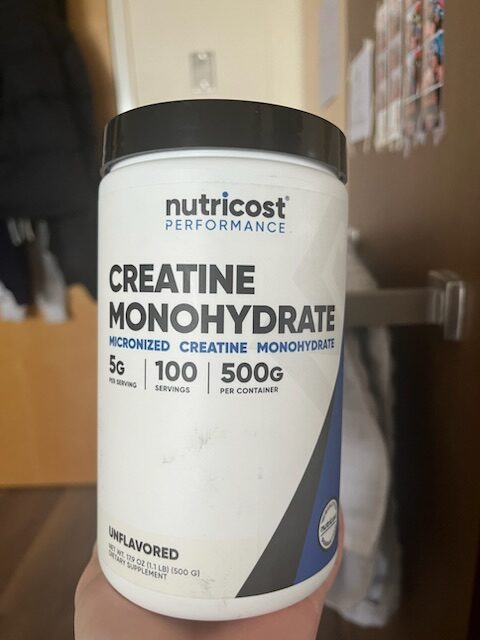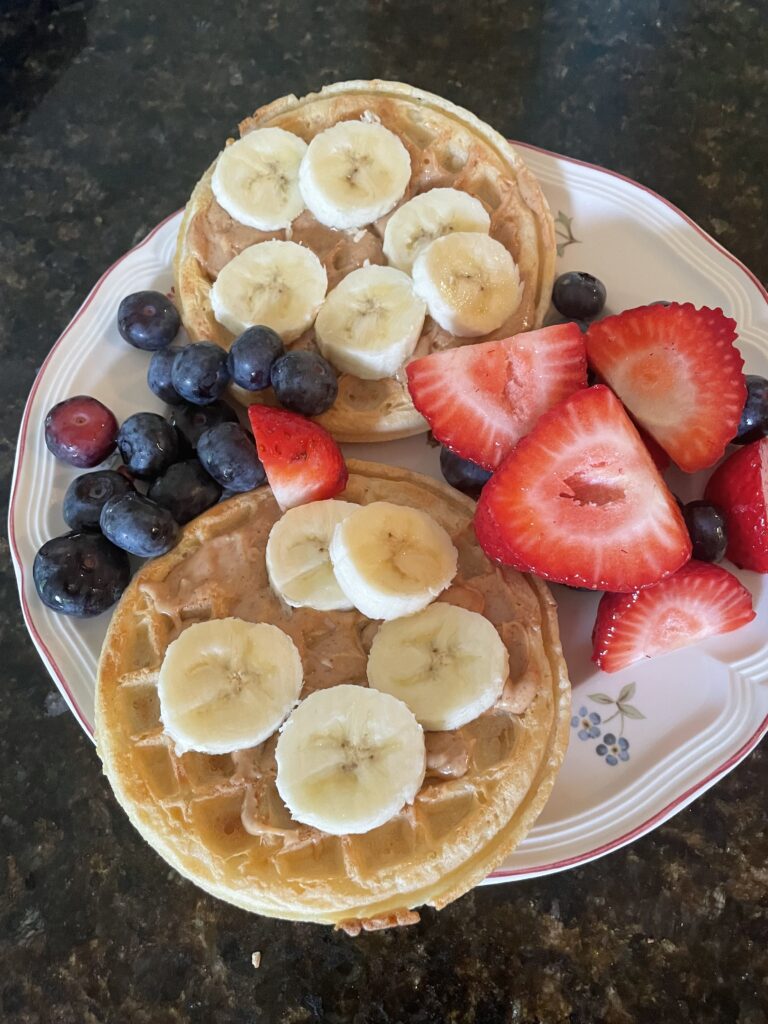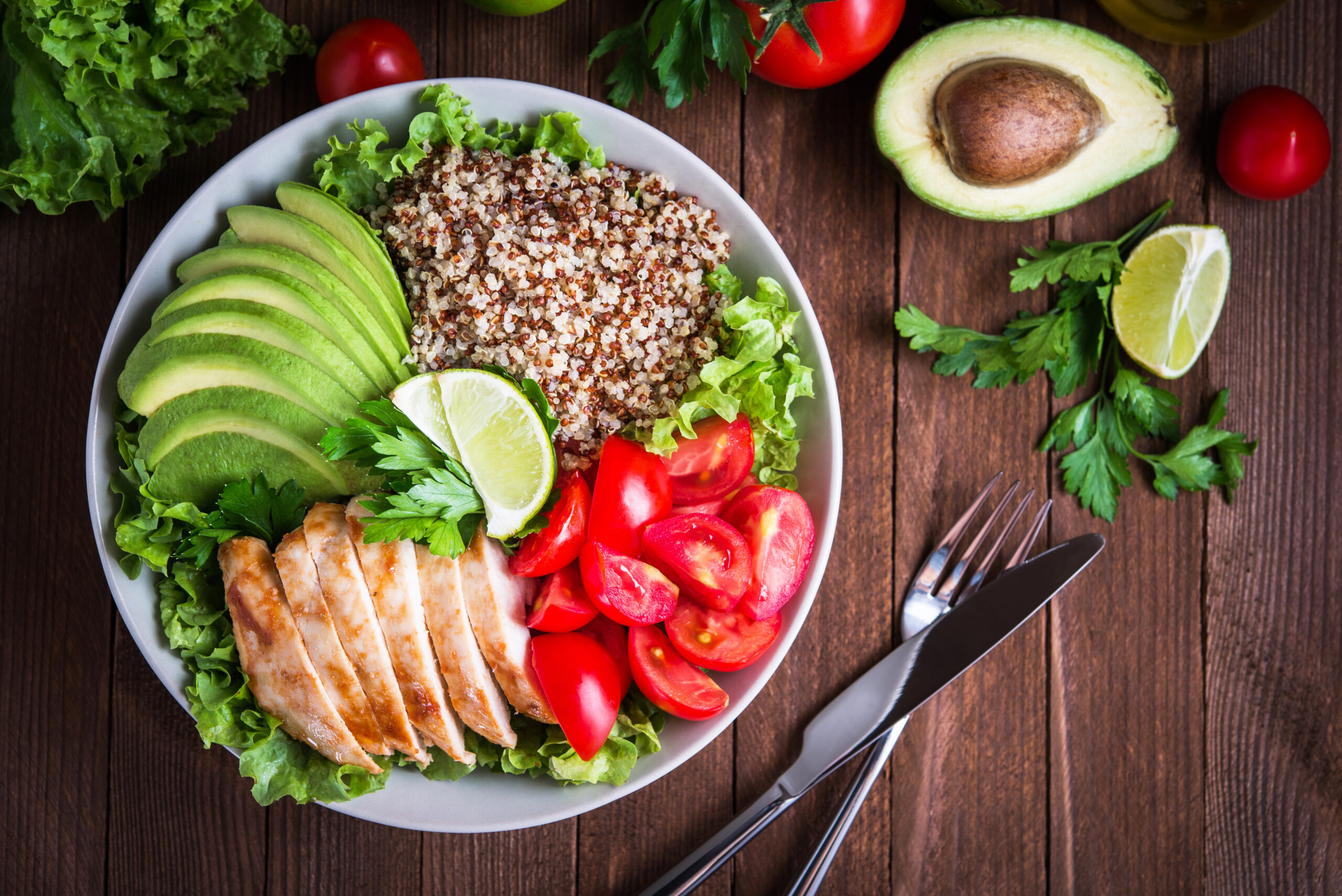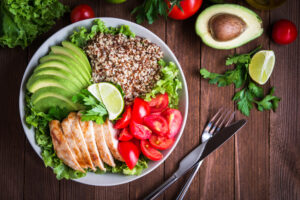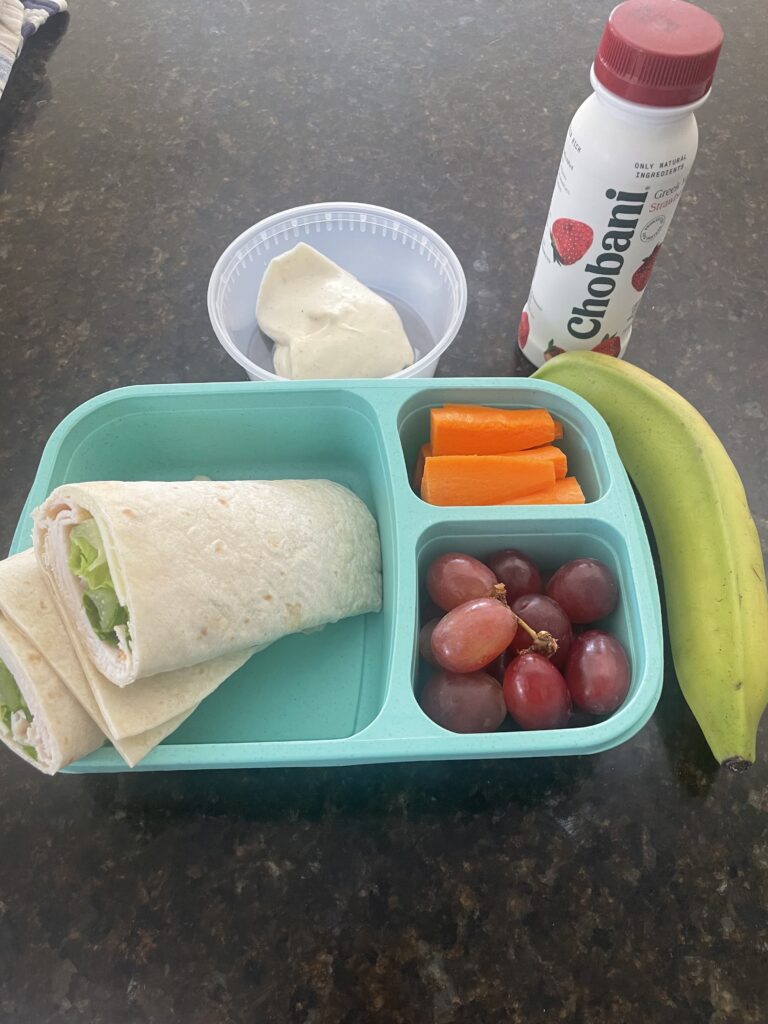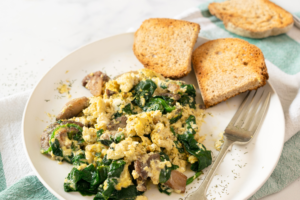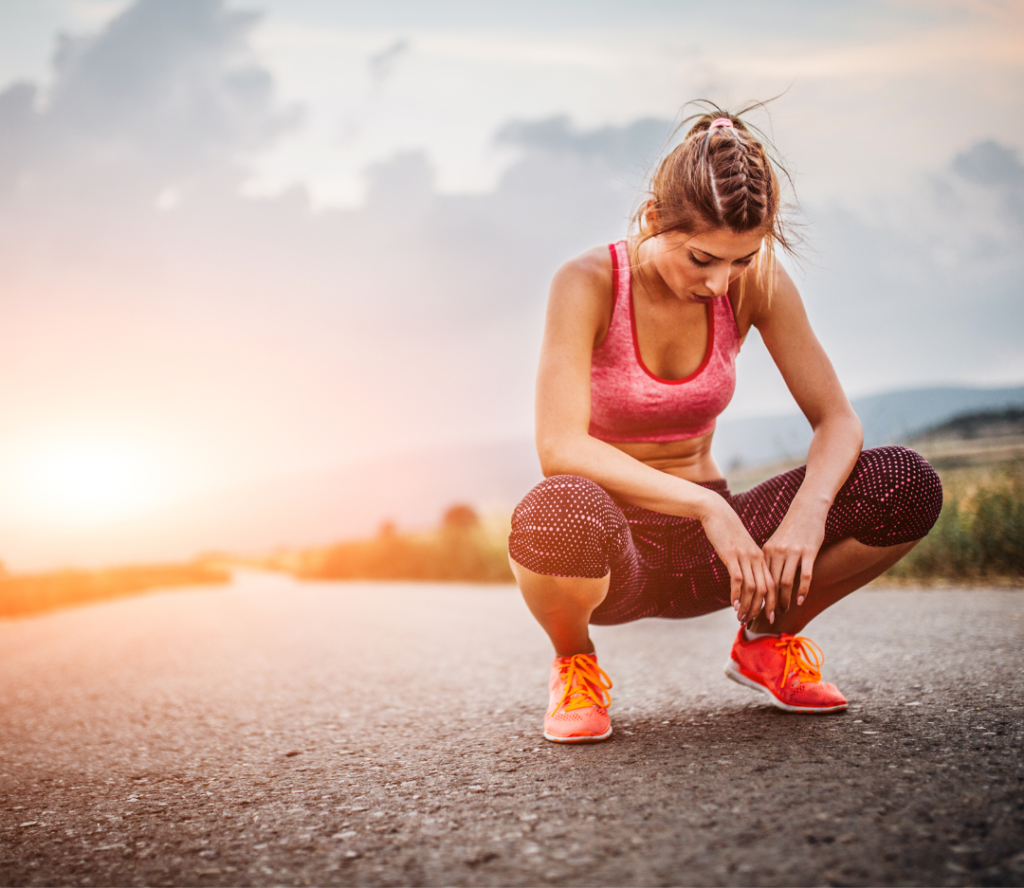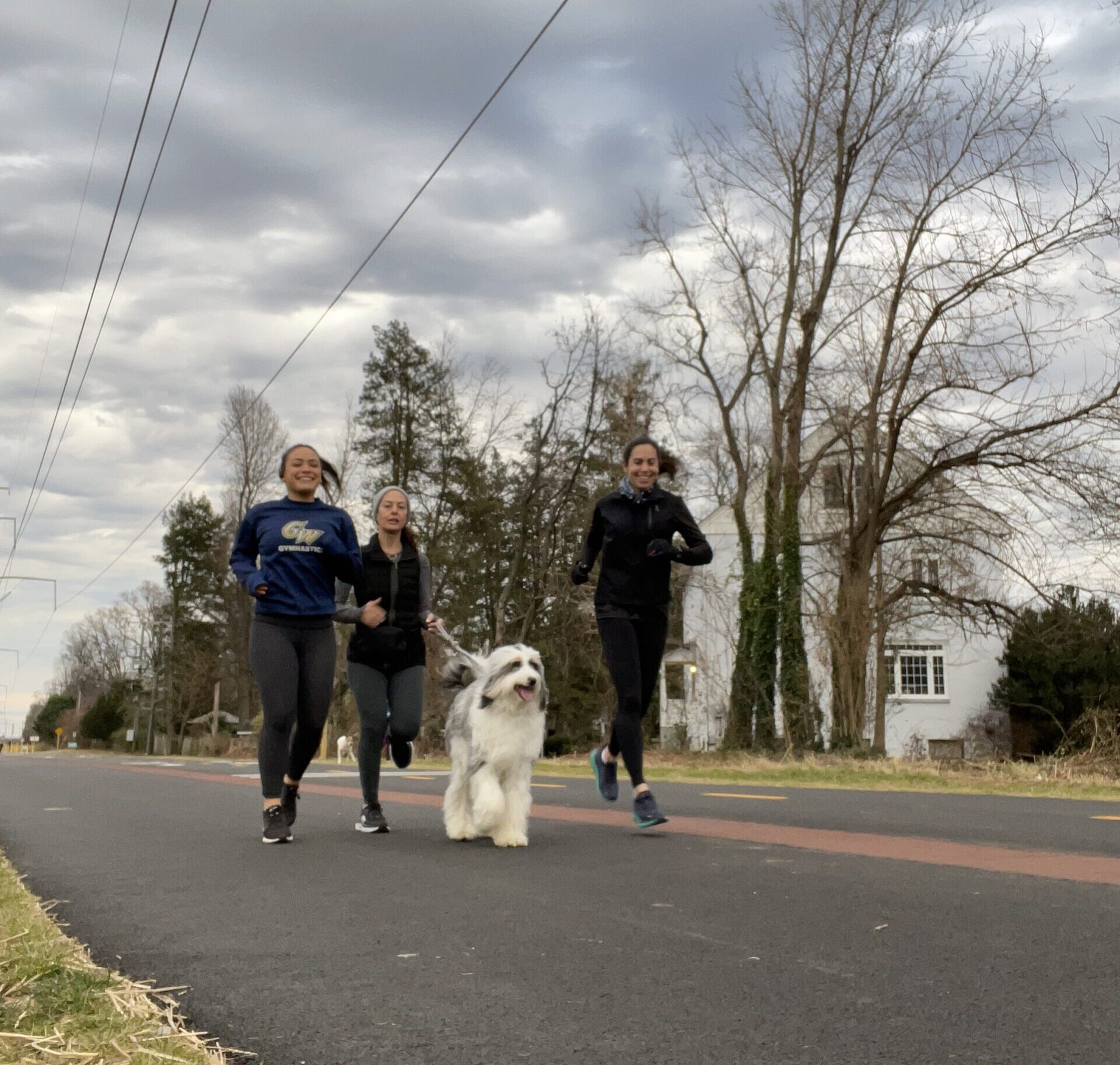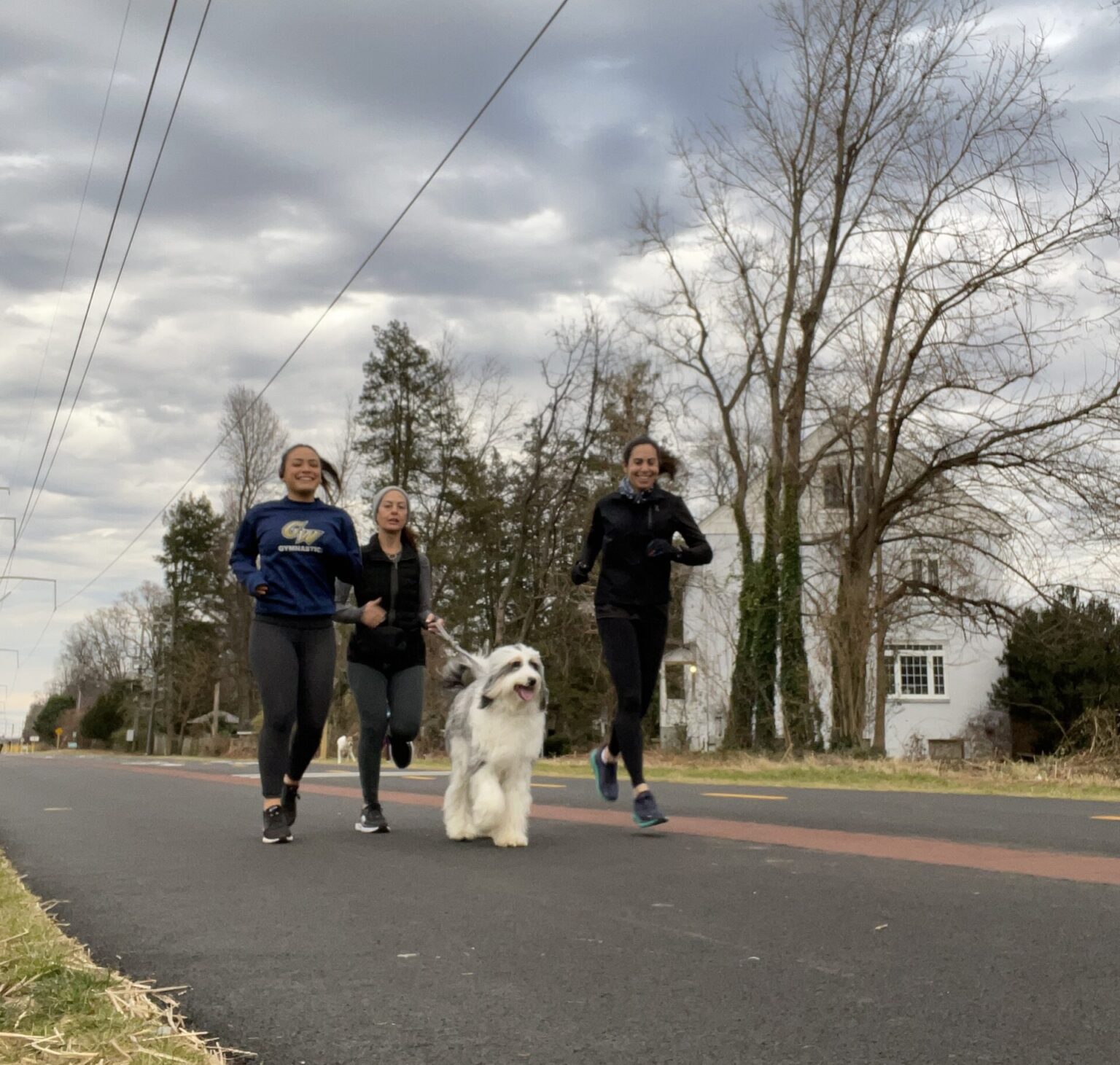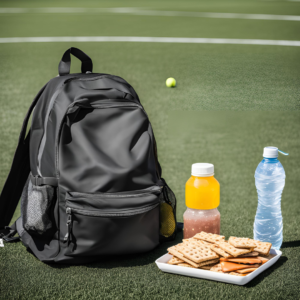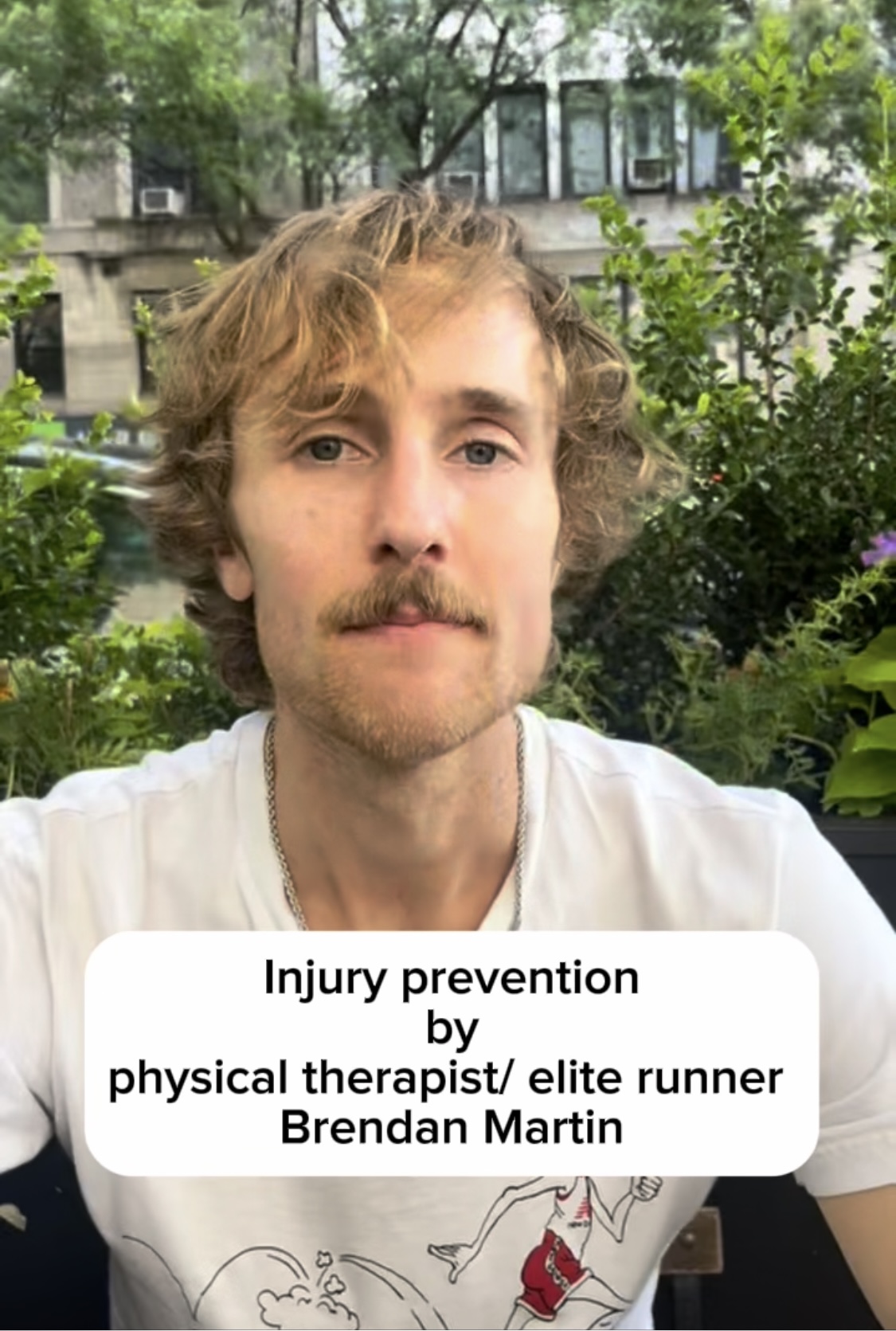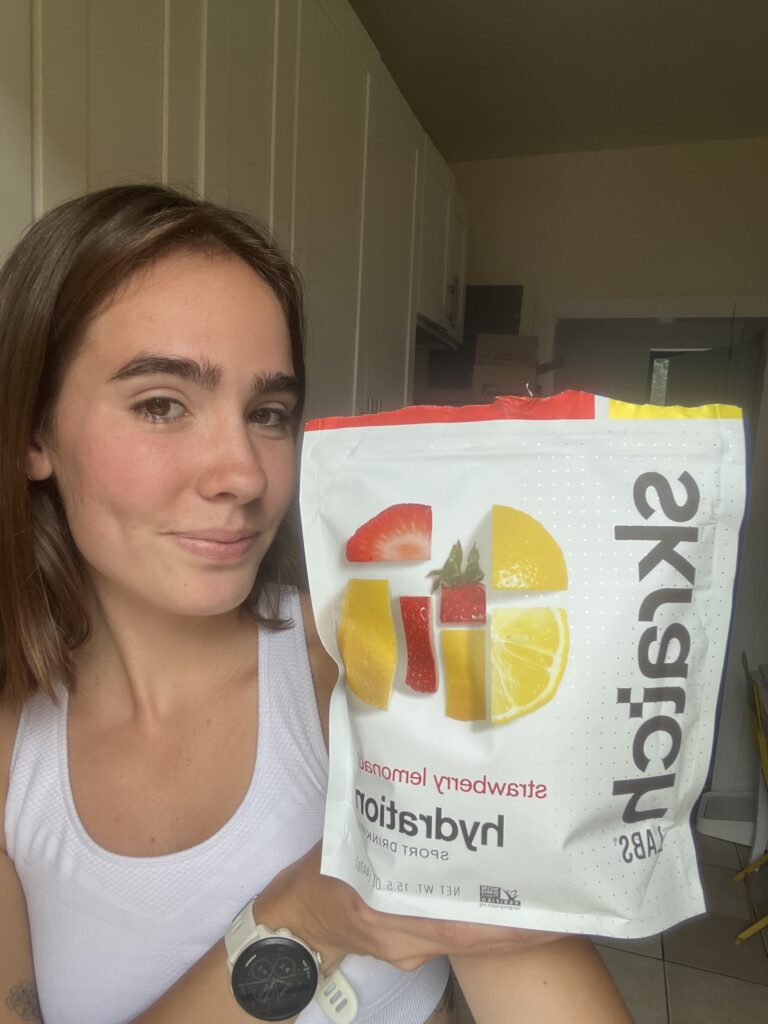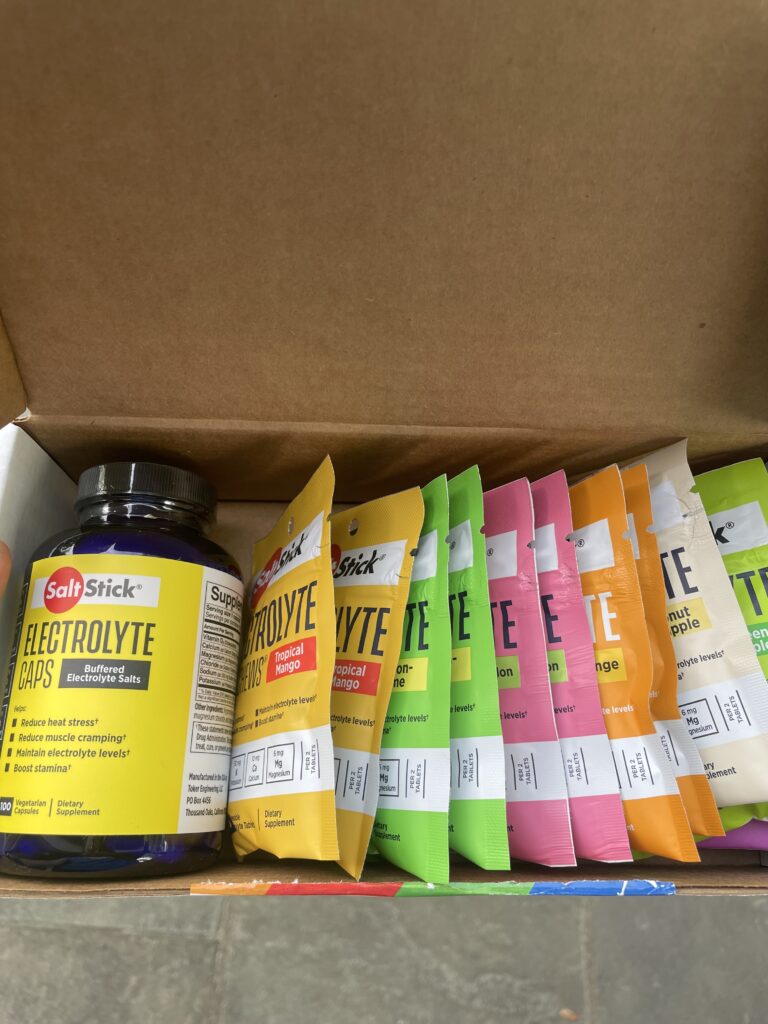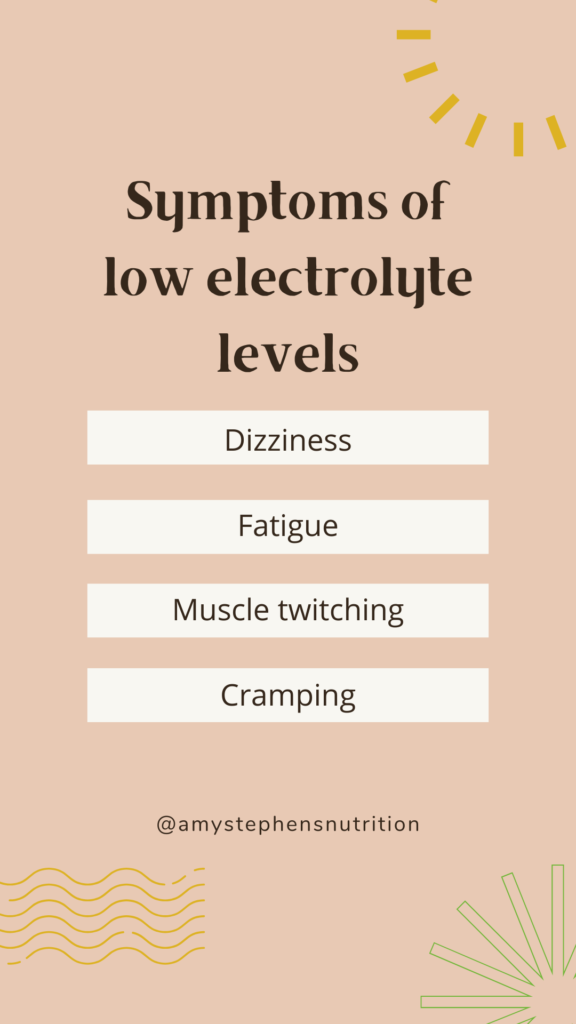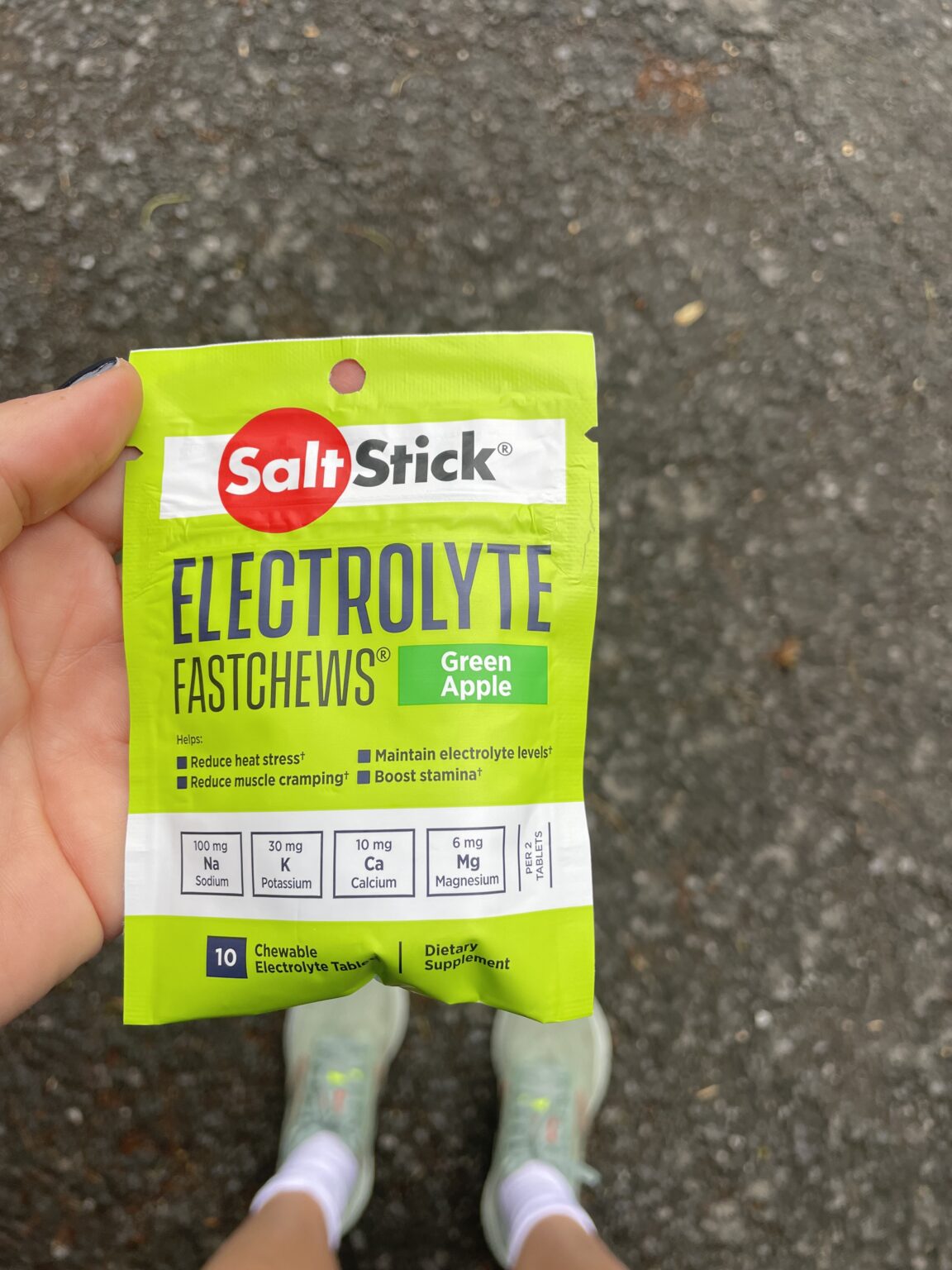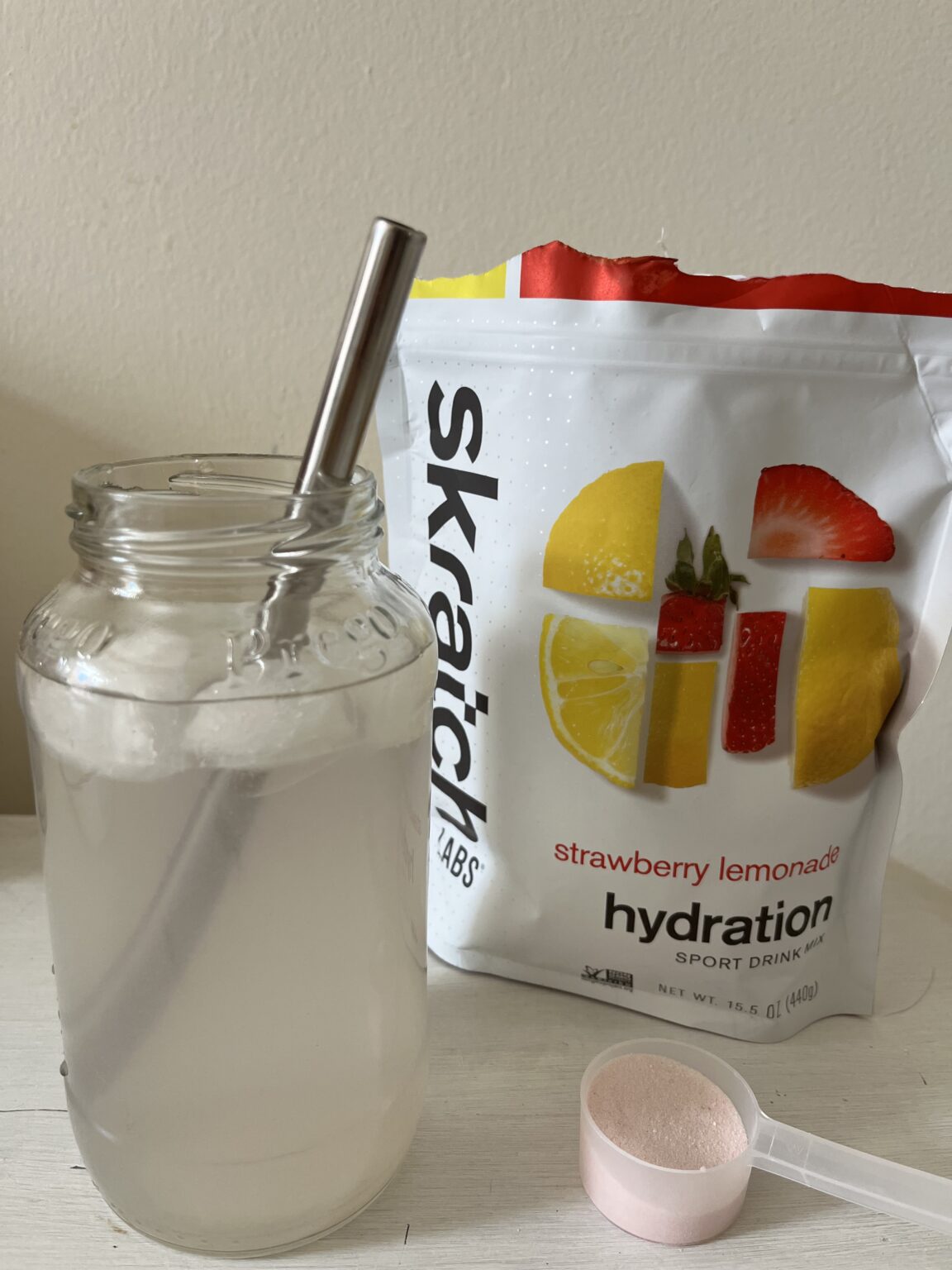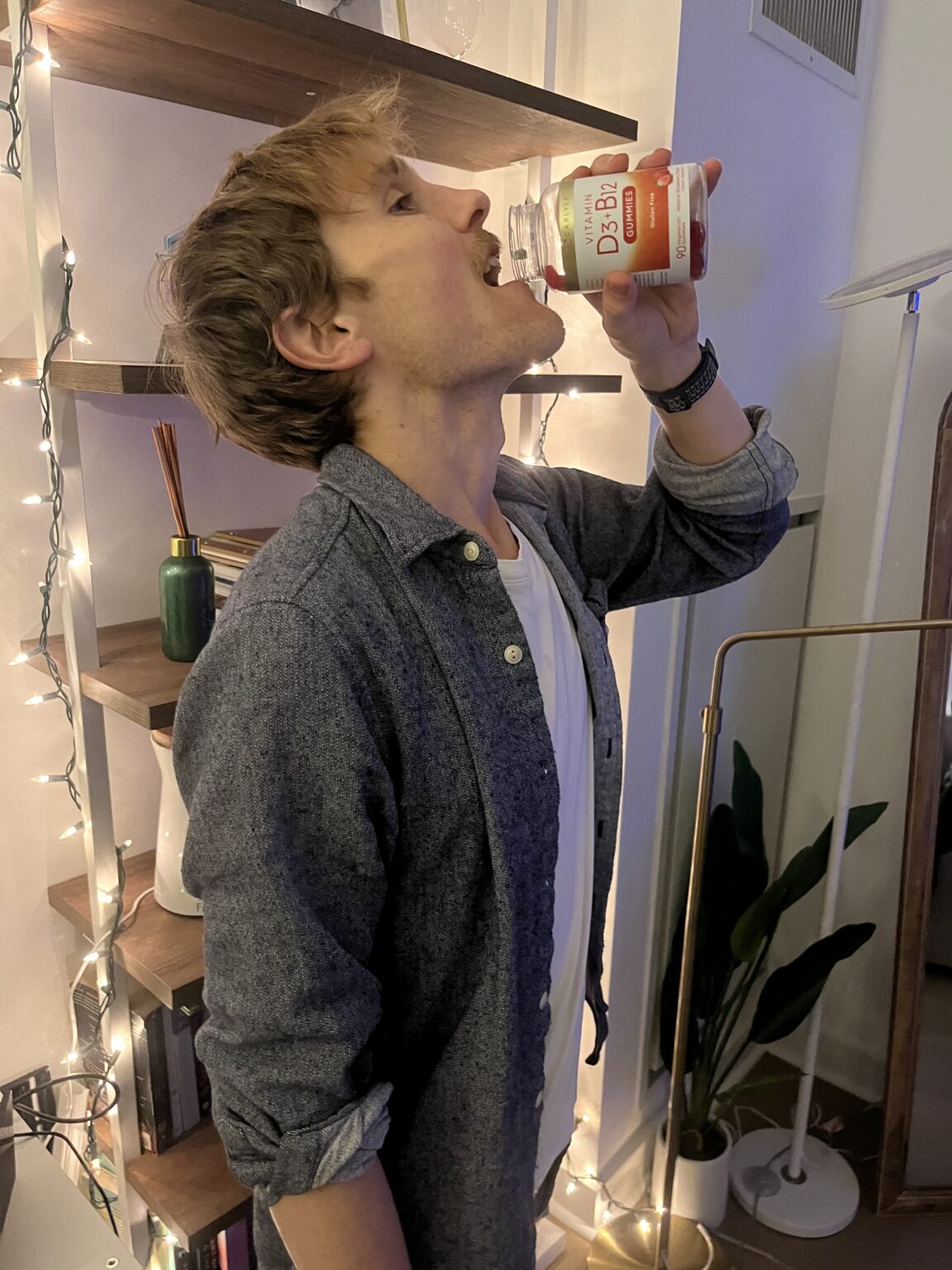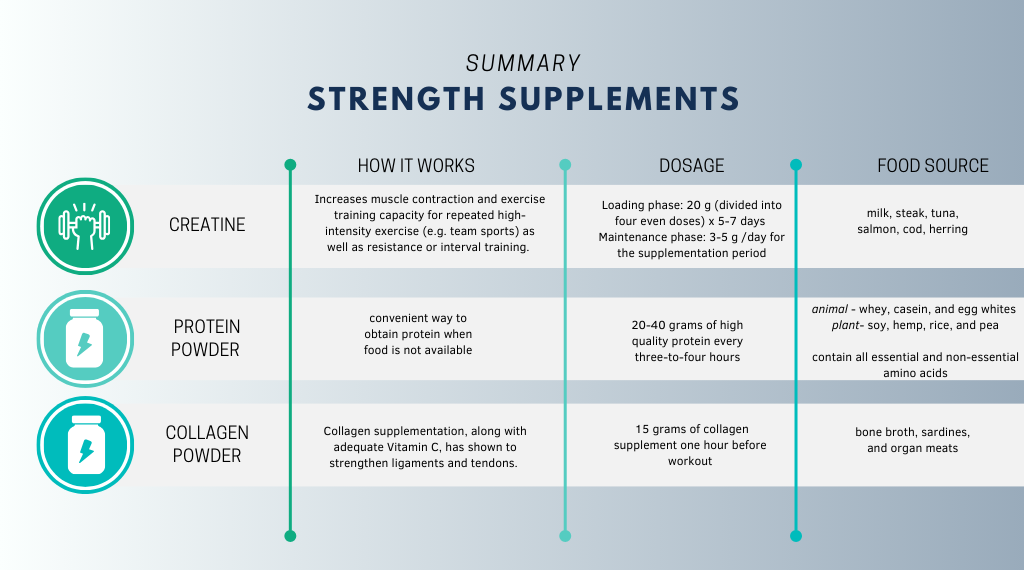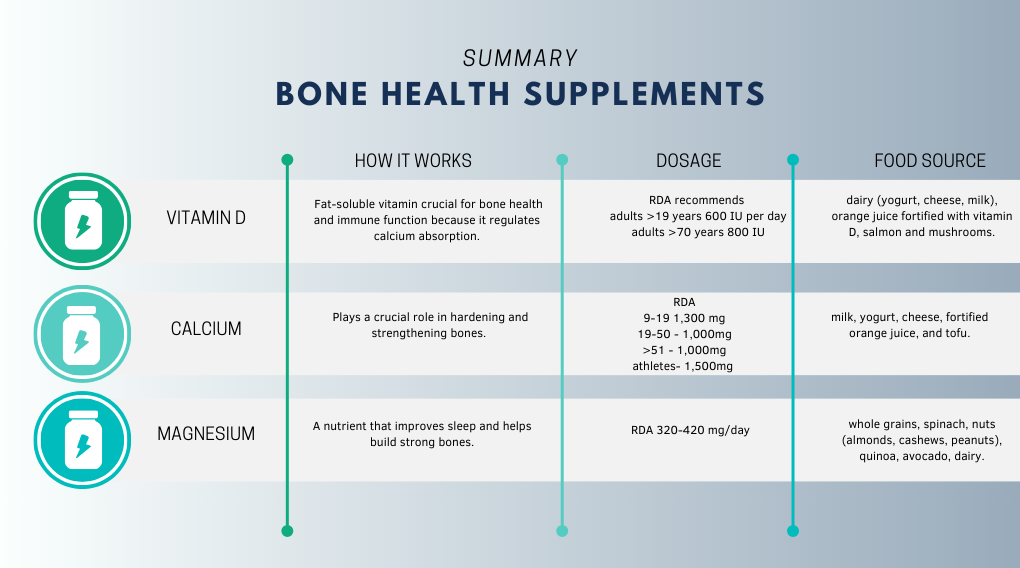Creatine Supplement: Key Factors to Consider Before Use
-
By Amy Stephens RDN CSSD
Many amateur and professional athletes use creatine supplements to enhance their workouts and speed up recovery. Creatine is a naturally occurring compound found in the body and certain foods that provides a quick burst of energy and increases strength. Research suggests that creatine supports muscle strength, improves brain health and can improve mood. By maintaining a steady energy supply of creatine in the muscles, it helps sustain high-intensity exercise. However, creatine isn’t essential for everyone—its usefulness depends on an athlete’s sport, training goals, and overall diet.
For optimal results, focus on meeting your nutritional needs through food first. Supplements should be used to complement, not replace, a well-balanced diet.
Note: this blog is not an endorsement but a source of reliable information about the supplement based on the available data. Please speak with your sports dietitian about whether the supplement is best for you.
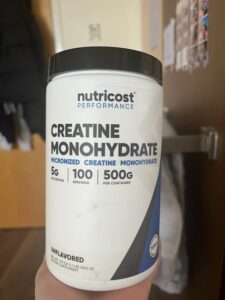
What is Creatine?
- Creatine is a naturally occurring compound found in muscle cells.
- It helps produce ATP (energy), which fuels short bursts of high-intensity exercise (e.g., sprinting, weightlifting).
- Creatine is made from the amino acids arginine, glycine and methionine (Antonio, 2021) which is found in foods like red meat and fish, but supplementation can increase muscle stores beyond what food provides.
How does it work?
Creatine works by increasing the availability of phosphocreatine (PCr) in your muscles, which helps regenerate adenosine triphosphate
(ATP)—the main energy source for high-intensity, short-duration activities (up to 30 seconds) like sprinting, weightlifting, and jumping.
Stored Creatine in Muscles
○ About 95% of your body’s creatine is stored in muscles as phosphocreatine, which can be rapidly used to regenerate ATP.
Increased Power & Performance
○ By increasing phosphocreatine stores, creatine allows for more rapid ATP regeneration, improving performance in explosive movements, short sprints, and heavy lifting.
Muscle Hydration & Growth
○ Creatine draws water into muscle cells, increasing cell volume and possibly stimulating muscle protein synthesis, contributing to muscle growth.
Reduced Fatigue & Faster Recovery
○ It may help buffer acid buildup in muscles, delaying fatigue and improving recovery between sets or intense efforts.
Who Benefits from Creatine?
✅ Athletes in Sports that involve short, high-intensity bursts of energy lasting up to 30 seconds.
○ Power sports (weightlifting, sprinting up to 400 meters, gymnastics, football, wrestling, etc.)
○ Team sports (e.g., soccer, basketball, lacrosse)
❌ Endurance athletes (marathoners, distance runners) may see little benefit unless they do a lot of strength training.
Is It Safe for College Athletes?
Creatine monohydrate is a well-studied supplement that appears to be safe. NCAA and professional sports organizations allow it.
- Many studies have confirmed creatine’s safety, though a few have indicated potential worsening of kidney function in individuals with pre-existing renal impairment.
- Some may experience water retention or mild bloating, but this usually subsides.
- It does not cause dehydration—in fact, it may help with hydration and muscle recovery.
- Some athletes in the studies reported gastrointestinal issues while taking it.
Who should not use creatine?
- Athletes who get enough creatine from diet: If you eat a lot of red meat and fish, you may already have high creatine stores, reducing the need for supplementation.
- Individuals with a history of kidney disease: Creatine is processed through the kidneys, so those with kidney disease or a history of kidney problems should avoid it or consult a doctor before using it.
- Under 18 athletes without guidance: Young athletes should focus on a solid diet first before turning to supplements.
Which brands are the best:
Look for third party testing with an NSF or USP certification label on the bottle.
Here are some of my favorite brands:
Recommended Dose:
💊Loading Phase (Optional): 20g/day (split into 4 doses) for 5-7 days
💊 Maintenance Dose: 3-5g/day or .1 gram/kilogram of body weight
💊 Best time to take it? After workouts with carbs and protein to maximize absorption.
Bottom Line:
- Creatine is a natural compound in muscles that helps produce ATP for short bursts of high-intensity exercise.
- For best results, focus on meeting your nutritional needs through food first. Creatine should complement a balanced diet.
- Works by increasing phosphocreatine stores, regenerates ATP, boosts strength, hydration, and recovery.
- Creatine is best for athletes in power and team sports; less impact on endurance athletes.
- Generally safe, but those with kidney issues or digestive issues should consult a doctor.
- Dosage & Best Brands Take 3-5g/day creatine monohydrate; choose brands that are third party tested with NSF- or USP-seals like Klean Athlete or Thorne.
References
Antonio, J., Candow, D.G., Forbes, S.C. et al.Common questions and misconceptions about creatine supplementation: what does the scientific evidence really show?. J Int Soc Sports Nutr18, 13 (2021). PMID: 33557850 PMCID: PMC7871530
Gatorade website: The Safety and Efficacy of Creatine Monohydrate Supplementation: What We Have Learned from the Past 25 years of Research.
Kreider RB, Kalman DS, Antonio J, Ziegenfuss TN, Wildman R, Collins R, Candow DG, Kleiner SM, Almada AL, Lopez HL. International Society of Sports Nutrition position stand: safety and efficacy of creatine supplementation in exercise, sport, and medicine. J Int Soc Sports Nutr. 2017 Jun 13;14:18. doi: 10.1186/s12970-017-0173-z. PMID: 28615996; PMCID: PMC5469049.
Sherpa NN, De Giorgi R, Ostinelli EG, Choudhury A, Dolma T, Dorjee S. Efficacy and safety profile of oral creatine monohydrate in add-on to cognitive-behavioural therapy in depression: An 8-week pilot, double-blind, randomised, placebo-controlled feasibility and exploratory trial in an under-resourced area. European Neuropsychopharmacology. 2025 Jan 90;28-35. PMID: 39488067.
